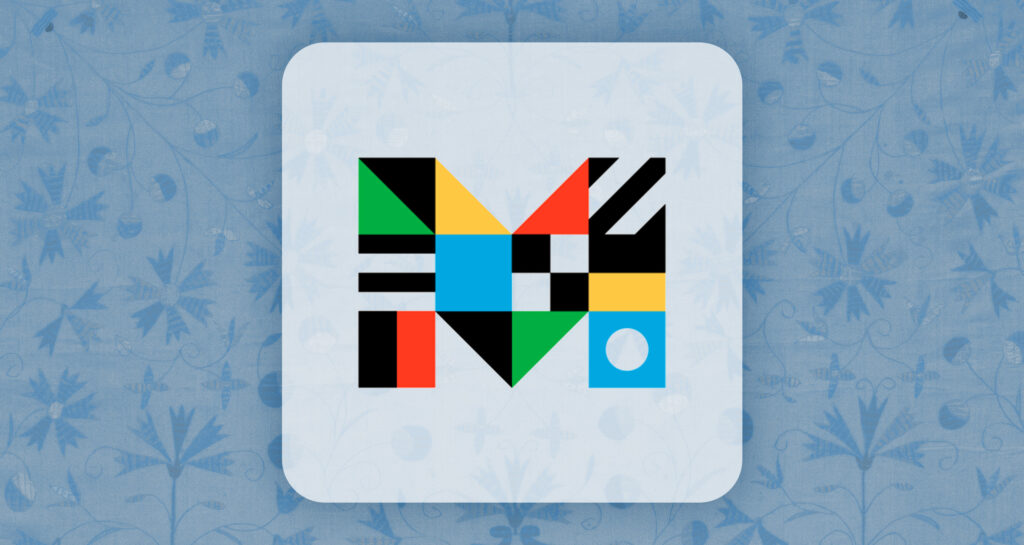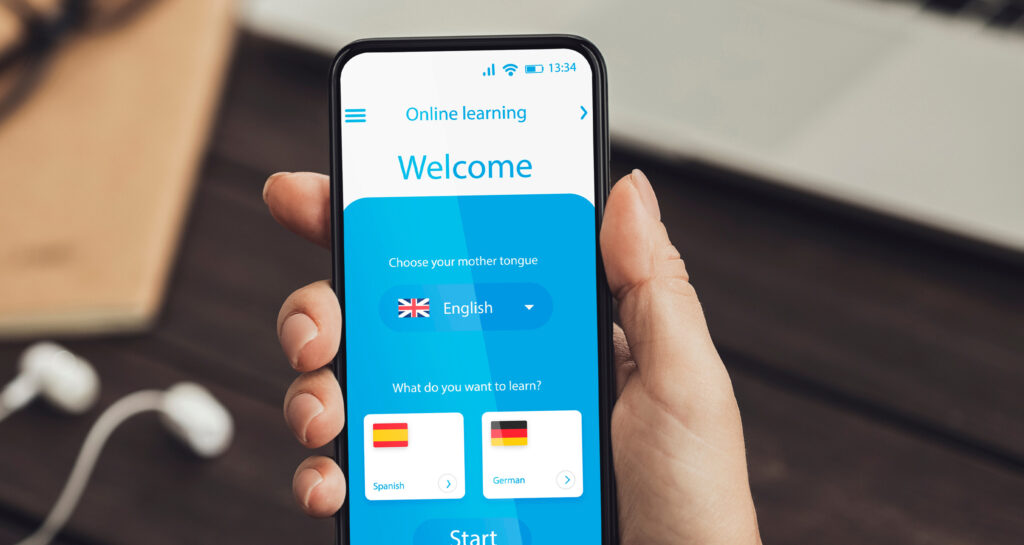Beyond Duolingo: smart language-learning apps without an agenda
Published on November 15, 2025

The iconic green bird and gamified interface of the familiar app Duolingo became the go-to for many language learners, but increasingly the question is: Does it teach real conversational fluency, without hidden ideological framing or impractical repetition (talking about apples won’t help when I need to ask a local for directions).
If you’re looking for Duolingo alternatives that emphasize actual speaking and listening with fewer distractions, here are a few strong alternatives — from beginner to advanced, from free tier to paid upgrade.

1. Pimsleur (audio-first, subscription)
Pros: Pimsleur’s lessons are almost entirely audio-based, focusing on listening and speaking through realistic dialogues. You start speaking quickly. Reviewers highlight how it keeps you practicing aloud.
Cons: The content can feel limited or repetitive — vocabulary growth is slower compared to other methods. Also, the subscription cost can add up, and you won’t get much if you stop progressing.
Best for: Learners who commute, are on the go, and want to focus on speaking from day one.

2. Mango Languages (paid, but often free via libraries)
Pros: Used by schools and public libraries across the U.S., Mango offers more than 70 languages and a friendly, accessible design. Lessons emphasize cultural context and polite conversation without extra ideological layers.
Cons: Interface is simple — less playful than others — but that can be an advantage for focus.
Best for: Families, homeschoolers, or adult learners who want a safe, neutral, and community-friendly resource.

3. Rocket Languages (free trial, one-time purchase)
Pros: Rocket Languages’ dialogue-based lessons encourage natural and confident speech. Audio sessions focus on everyday situations — ordering food, greetings, or navigating travel — while companion modules explain key expressions and cultural context. Lessons are downloadable for offline study, progress tracking is detailed, and the one-time purchase model provides long-term value without monthly fees.
Cons: The interface leans text-heavy, and the voice-recognition tool can be inconsistent. The up-front price is higher than subscription apps.
Best for: Adults, students, or focused learners who want a thorough, conversation-driven program they can own outright.

4. Rosetta Stone (immersion, paid, homeschool edition)
Pros: A time-tested favorite that’s still one of the most stable, professional programs available. Rosetta Stone emphasizes immersive learning (images, context, native audio) and has added one-to-one tutoring sessions.
Cons: Some users say the methodology feels dated and slow; the core lessons may be less engaging for those used to more dynamic formats. Also, while there are good features, grammar and advanced usage may require supplementary materials.
Best for: Learners who like a classic, time-tested approach, maybe pursuing a language more gradually. Families who want structure, discipline, and a screen-safe environment for kids.

Takeaway
No single app does everything, but the right one can make all the difference. The key isn’t chasing streaks; it’s consistency. Choose a platform that fits your style, set aside 15 minutes a day, and stick with it. Whether you’re learning Spanish for travel, Italian for family, or Japanese for curiosity, the best app is the one that keeps you talking.



